- What is Stonecrop (Saxifraga)?
- Types of Stonecrop (Saxifraga)
- Care for Stonecrop (Saxifraga)
- Gallery of Stonecrop (Saxifraga) Photos
- Why Should You Care for Stonecrop (Saxifraga)?
- 1. Beautiful and Versatile
- 2. Low Maintenance
- 3. Attracts Pollinators
- 4. Erosion Control
- 5. Medicinal Properties
- 6. Hardy and Long-lasting
- 7. Easy Propagation
- How to Care for Stonecrop (Saxifraga)?
- Light:
- Watering:
- Soil:
- Fertilizer:
- Propagation:
- Pruning:
- Pests and Diseases:
- Photos of Stonecrop (Saxifraga)
- Types of Stonecrop (Saxifraga)
- Tips for Growing Stonecrop (Saxifraga)
- 1. Choose the right location
- 2. Provide proper watering
- 3. Mulch for moisture retention
- 4. Fertilize sparingly
- 5. Prune and divide plants
- 6. Protect from extreme temperatures
- 7. Watch out for pests and diseases
- 8. Choose the right variety
- Common Problems with Stonecrop (Saxifraga)
- Q&A:
- What is stonecrop?
- What are the different types of stonecrop?
- How do you care for stonecrop?
- Can stonecrop be grown indoors?
- What are some common problems with stonecrop?
- Can stonecrop be propagated from cuttings?
- Video: Tri Color Sedum also known as Stonecrop, Growing and Rooting Cuttings.
Stonecrop, also known as Saxifraga, is a diverse and versatile group of plants that are a favorite among gardeners and plant enthusiasts. With their low-growing habit, vibrant colors, and ability to thrive in a variety of conditions, stonecrop plants are a wonderful addition to any garden or landscape.
One of the key features of stonecrop plants is their ability to tolerate drought and survive in poor soil conditions. This makes them a popular choice for rock gardens, dry gardens, or areas with limited water availability. Stonecrop plants are also known for their ability to attract pollinators, such as bees and butterflies, making them a valuable addition to any wildlife garden.
There are many different types of stonecrop plants, each with its own unique characteristics and requirements. Some varieties, such as the creeping stonecrop (Saxifraga stolonifera), have delicate leaves and produce small white flowers. Others, like the purple stonecrop (Saxifraga fortunei), have large, bold leaves and produce clusters of colorful flowers.
When it comes to caring for stonecrop plants, they are relatively low-maintenance. They prefer full sun or light shade and well-draining soil. Watering should be done sparingly, allowing the soil to dry out between waterings. Pruning can be done in early spring to remove dead or damaged foliage and encourage new growth.
In this complete guide to stonecrop plants, we will explore different types of stonecrop, provide care tips, and showcase stunning photos of these beautiful and versatile plants. Whether you are a seasoned gardener or a beginner, this guide will help you successfully grow and enjoy stonecrop plants in your own garden.
What is Stonecrop (Saxifraga)?
Stonecrop, also known as Saxifraga, is a genus of flowering plants that belongs to the family Saxifragaceae. It includes approximately 440 species of evergreen, semi-evergreen, and deciduous perennial plants. Stonecrop plants are native to alpine environments and typically grow in rocky, mountainous areas.
Saxifraga plants are known for their succulent foliage and stunning blooms, which come in a variety of colors including white, pink, red, yellow, and purple. The flowers are usually star-shaped and appear in clusters or cymes on stalks that rise above the foliage.
Stonecrop plants are popular choices for rock gardens, borders, and container gardening due to their compact growth habit and ability to withstand dry conditions. They are also commonly used in alpine gardens, as they can tolerate harsh climates and poor soil conditions.
The name “stonecrop” comes from the plant’s ability to grow on stony or rocky surfaces. The term “Saxifraga” is derived from the Latin words “saxum” meaning rock and “frangere” meaning to break, which refers to the plant’s ability to break rocks with its strong roots.
Types of Stonecrop (Saxifraga)
The Saxifraga genus includes a wide variety of species, each with its own unique characteristics. Some popular types of stonecrop include:
- Saxifraga stolonifera (Strawberry Begonia): This species features fleshy, heart-shaped leaves with deep green veins. It produces small white flowers and spreads through stolons, resembling strawberry runners.
- Saxifraga arendsii (Mossy Saxifrage): This variety forms dense mats of moss-like foliage and produces delicate, star-shaped flowers in shades of white, pink, or purple.
- Saxifraga x urbium (London Pride): This hybrid species is a popular choice for borders and rock gardens. It has attractive rosettes of semi-evergreen leaves and produces clusters of pink or white flowers.
Care for Stonecrop (Saxifraga)
Stonecrop plants are generally low-maintenance and easy to care for. Here are some tips for keeping your Saxifraga plants healthy and thriving:
- Light: Most stonecrop plants prefer full sun to partial shade. Providing them with at least 6 hours of direct sunlight per day will help promote healthy growth and vibrant blooms.
- Water: Stonecrop plants are drought-tolerant and are adapted to dry conditions. It is important to avoid overwatering, as this can lead to root rot. Water the plants sparingly, allowing the soil to dry out between waterings.
- Soil: Stonecrop plants thrive in well-draining soil with a neutral to slightly alkaline pH. Adding organic matter, such as compost or peat moss, can help improve drainage and nutrient availability.
- Fertilizer: Stonecrop plants do not require heavy fertilization. Applying a balanced, slow-release fertilizer in the spring can provide them with the necessary nutrients for healthy growth.
- Pruning: Pruning stonecrop plants is generally not necessary unless you want to maintain a certain shape or remove dead or damaged foliage. Simply trim back any unwanted growth in early spring or after the plant has finished flowering.
By following these care guidelines, you can enjoy the beauty of stonecrop plants in your garden for years to come.
Gallery of Stonecrop (Saxifraga) Photos
Here are some photos showcasing the beauty and variety of stonecrop (Saxifraga) plants:
 |  |  |
 |  |  |
Why Should You Care for Stonecrop (Saxifraga)?
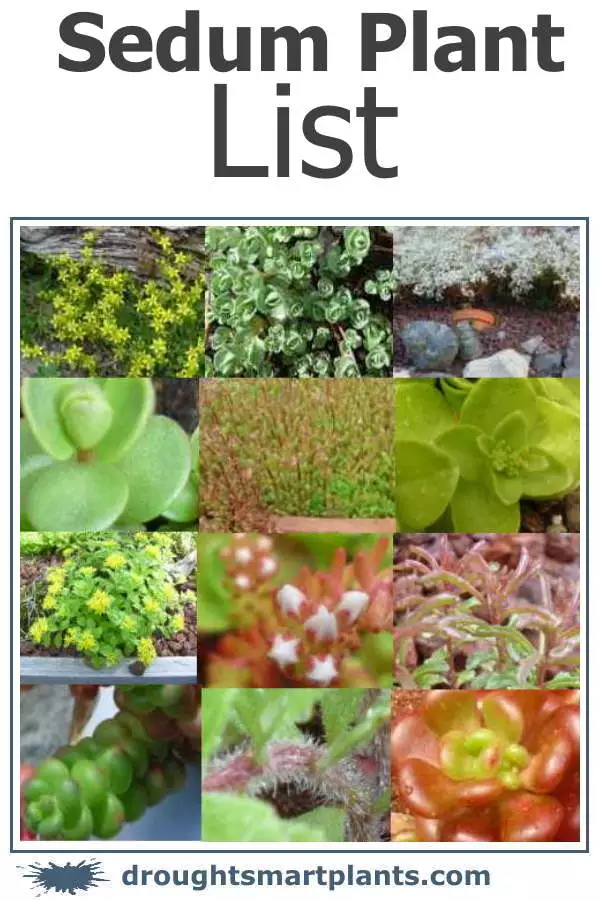
Stonecrop, also known as Saxifraga, is a fascinating plant that deserves your care and attention. Whether you are an experienced gardener or just starting out, here are several reasons why you should care for Stonecrop:
1. Beautiful and Versatile
Stonecrop plants come in a variety of shapes, colors, and textures, making them a beautiful addition to any garden. From low-growing groundcovers to tall flowering varieties, there is a Stonecrop plant to suit every landscape.
2. Low Maintenance
If you are looking for a plant that doesn’t require a lot of upkeep, Stonecrop is an excellent choice. These succulent plants are drought-tolerant and can thrive in dry, rocky soil with minimal watering. They are also resistant to most pests and diseases, making them easy to care for.
3. Attracts Pollinators
Stonecrop plants produce clusters of colorful flowers that attract bees, butterflies, and other pollinators. By planting Stonecrop in your garden, you are not only creating a beautiful landscape but also providing a valuable food source for these important creatures.
4. Erosion Control
Stonecrop is known for its ability to control erosion. The dense root system of these plants helps stabilize soil on slopes and prevents the loss of sediment. By planting Stonecrop in areas prone to erosion, you can help protect your landscape and prevent soil runoff.
5. Medicinal Properties
Some species of Stonecrop, such as Saxifraga stolonifera, have been used in traditional medicine for their medicinal properties. These plants are believed to have anti-inflammatory and wound-healing properties, and can be used to treat various ailments.
6. Hardy and Long-lasting
Stonecrop plants are hardy and can withstand a wide range of temperatures and weather conditions. They are able to thrive in both cold winters and hot summers, making them a reliable addition to any garden. With proper care, Stonecrop plants can live for several years, providing beauty and interest for a long time.
7. Easy Propagation
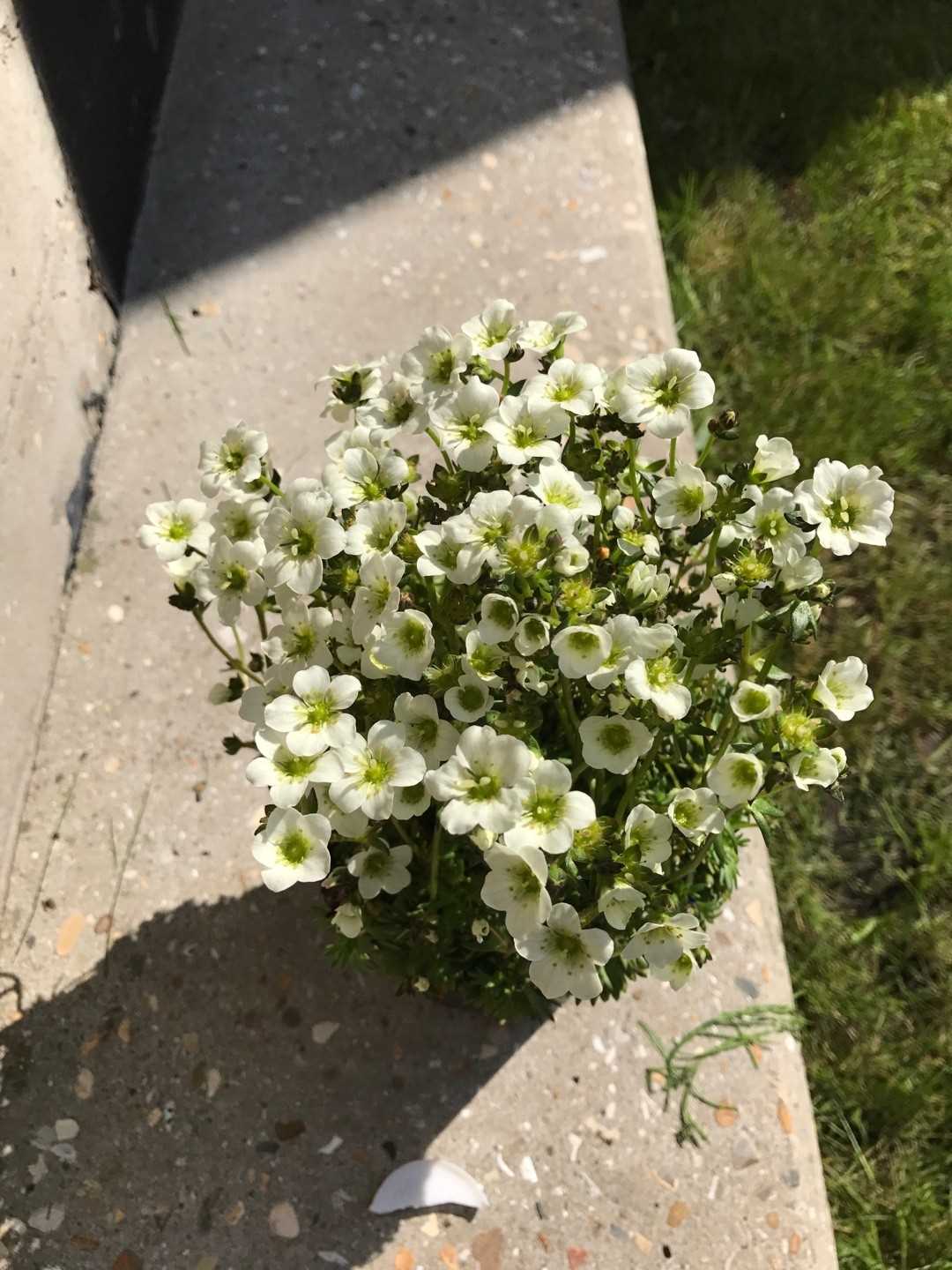
If you are interested in expanding your Stonecrop collection or sharing plants with friends, you’ll be happy to know that Stonecrop is easy to propagate. You can propagate Stonecrop through stem cuttings, leaf cuttings, or division, making it a fun and rewarding plant to grow.
In conclusion, Stonecrop plants are not only beautiful but also offer many benefits. From their low maintenance requirements to their ability to attract pollinators and control erosion, Stonecrop is a plant worth caring for. So go ahead and give Stonecrop a try – you won’t be disappointed!
How to Care for Stonecrop (Saxifraga)?
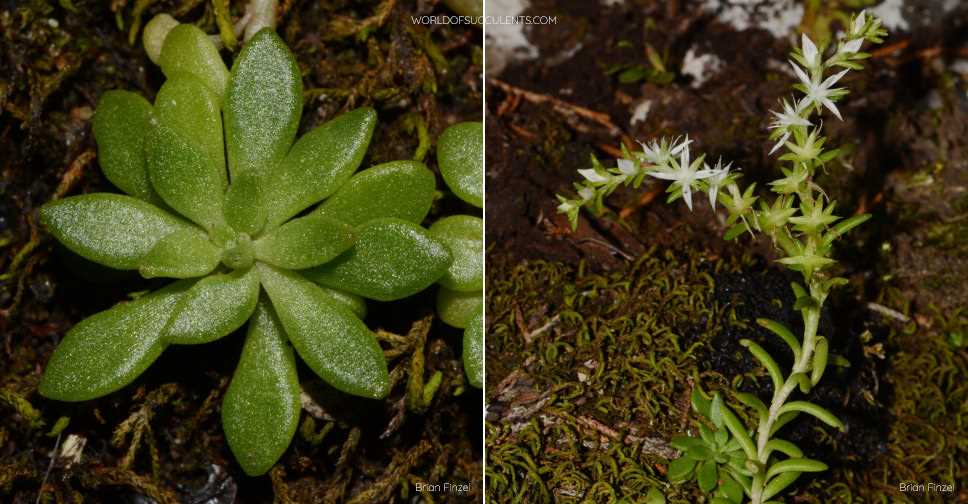
Stonecrop, also known as Saxifraga, is a group of succulent plants that are popular among gardeners for their low maintenance needs and beautiful flowers. If you are interested in growing stonecrop, here are some care tips to help you keep your plants healthy and thriving:
Light:
- Stonecrop plants prefer bright, direct sunlight for at least 6 hours a day.
- They can tolerate some shade, but too much shade may cause the plants to stretch and become weak.
Watering:
- Stonecrop plants are drought-tolerant and do not require frequent watering.
- Water your stonecrop plants thoroughly, allowing the soil to dry out completely between waterings.
- Overwatering can cause root rot and other diseases, so be sure not to water the plants excessively.
Soil:
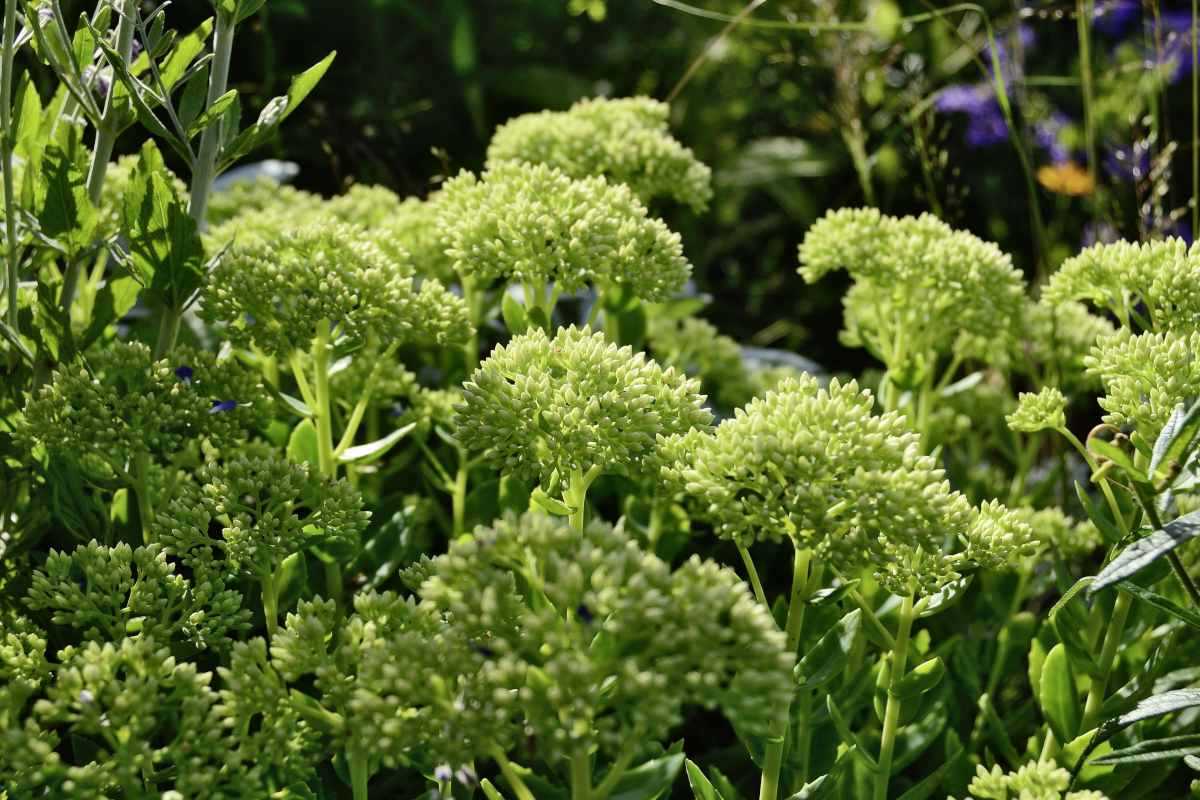
- Stonecrop plants prefer well-draining soil that is sandy or loamy.
- They can tolerate poor soil conditions, but the soil should not be too heavy or waterlogged.
- If your soil is heavy, you can add organic matter or perlite to improve drainage.
Fertilizer:
- Stonecrop plants do not require much fertilizer, as they can obtain most of their nutrients from the soil.
- If you want to fertilize your plants, use a balanced, water-soluble fertilizer diluted to half strength.
- Apply the fertilizer sparingly, once every few months during the growing season.
Propagation:
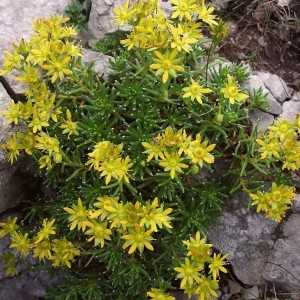
- Stonecrop plants can be propagated through stem cuttings or by division.
- To propagate through stem cuttings, simply cut a healthy stem and place it in a well-draining potting mix.
- To propagate by division, carefully separate the offsets from the main plant and replant them in their own pots.
Pruning:

- Stonecrop plants do not require much pruning, but you can trim them to maintain their shape and remove any dead or damaged leaves.
- Pruning can be done in spring or summer, before the plants start to flower.
Pests and Diseases:
- Stonecrop plants are generally resistant to pests and diseases.
- However, they can occasionally be affected by aphids, mealybugs, or fungal diseases.
- If you notice any signs of pests or diseases, treat the affected plants with an appropriate insecticide or fungicide.
By following these care tips, you can enjoy the beauty of stonecrop plants in your garden or indoor space. With their vibrant flowers and fleshy leaves, stonecrop plants are sure to add a touch of charm to any setting.
Photos of Stonecrop (Saxifraga)
Below are some beautiful photos of different types of Stonecrop (Saxifraga) plants:

A close-up of a Stonecrop plant with vibrant pink flowers.

An aerial view of a Stonecrop garden with various colors and textures.

A cascading Stonecrop plant with small, succulent leaves and yellow flowers.

A group of Stonecrop plants growing in a rocky landscape, adding a touch of greenery.

A macro shot of a Stonecrop flower, showcasing the delicate petals and intricate details.
Types of Stonecrop (Saxifraga)
Stonecrop, also known as Saxifraga, is a versatile plant that comes in a variety of types. Each type has its own unique characteristics and growing requirements. Here are some popular types of stonecrop:
Saxifraga stolonifera: Also known as strawberry begonia, this type of stonecrop has round, scalloped leaves that resemble strawberries. It produces small white flowers on delicate stems.
Saxifraga x urbium: This type of stonecrop, also called London Pride, is a low-growing perennial with rosettes of dark green leaves and small, star-shaped flowers in shades of pink or white. It is a great choice for ground cover.
Saxifraga arendsii: This variety of stonecrop has a compact growth habit and produces large clusters of white, pink, or red flowers. It is commonly used in rock gardens or as a border plant.
Saxifraga fortunei: Known as fortune’s stonecrop, this type features green leaves with red veining and produces tall stems adorned with white or pink flowers. It prefers partial shade and is often grown as a houseplant.
These are just a few examples of the various types of stonecrop available. Each type has its own unique beauty and charm, making them a popular choice among gardeners around the world.
Tips for Growing Stonecrop (Saxifraga)
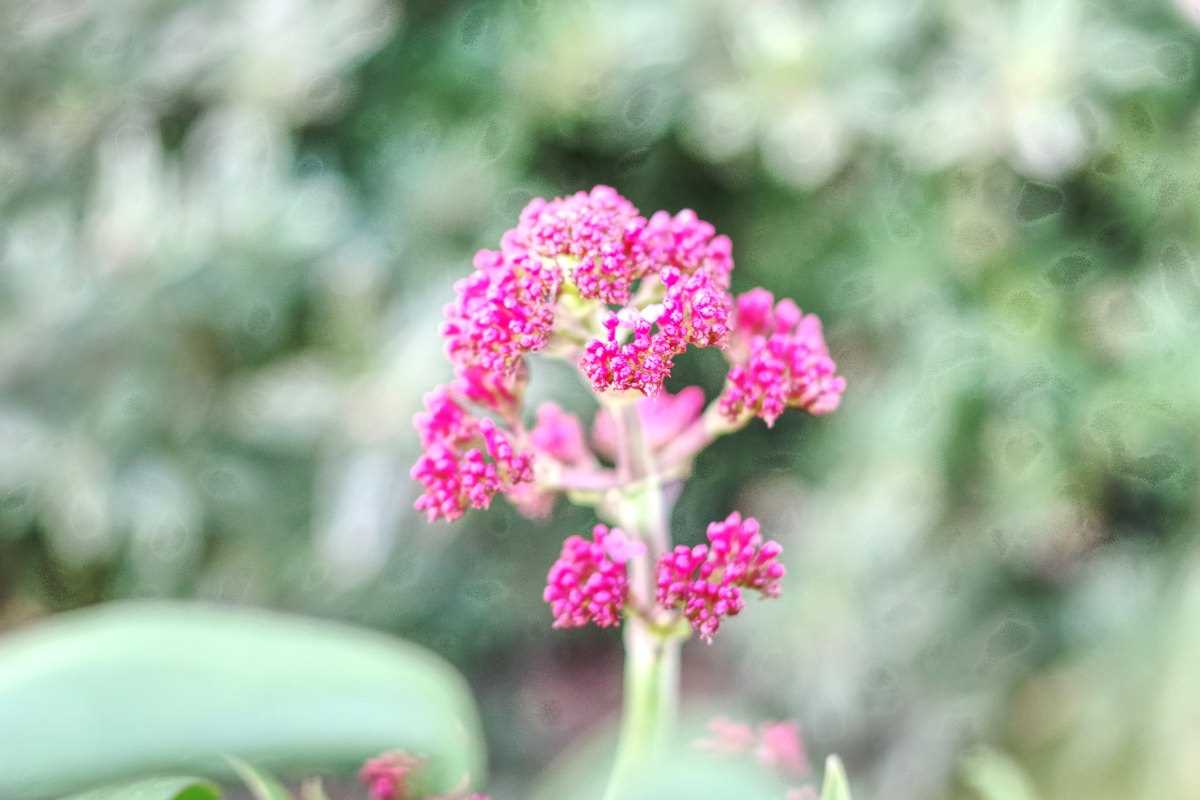
1. Choose the right location
Stonecrop plants prefer a location with full sun to partial shade. They can tolerate a range of soil types but prefer well-draining soil. Make sure the planting location has good drainage to prevent waterlogged soil.
2. Provide proper watering
Stonecrop plants are drought-tolerant and do not require frequent watering. Water the plants deeply but infrequently, allowing the soil to dry out between watering. Overwatering can lead to root rot and other diseases.
3. Mulch for moisture retention
Applying a layer of organic mulch around the plants can help retain moisture in the soil and regulate temperature. Use a thin layer of mulch, such as wood chips or straw, to protect the plant’s roots and suppress weed growth.
4. Fertilize sparingly
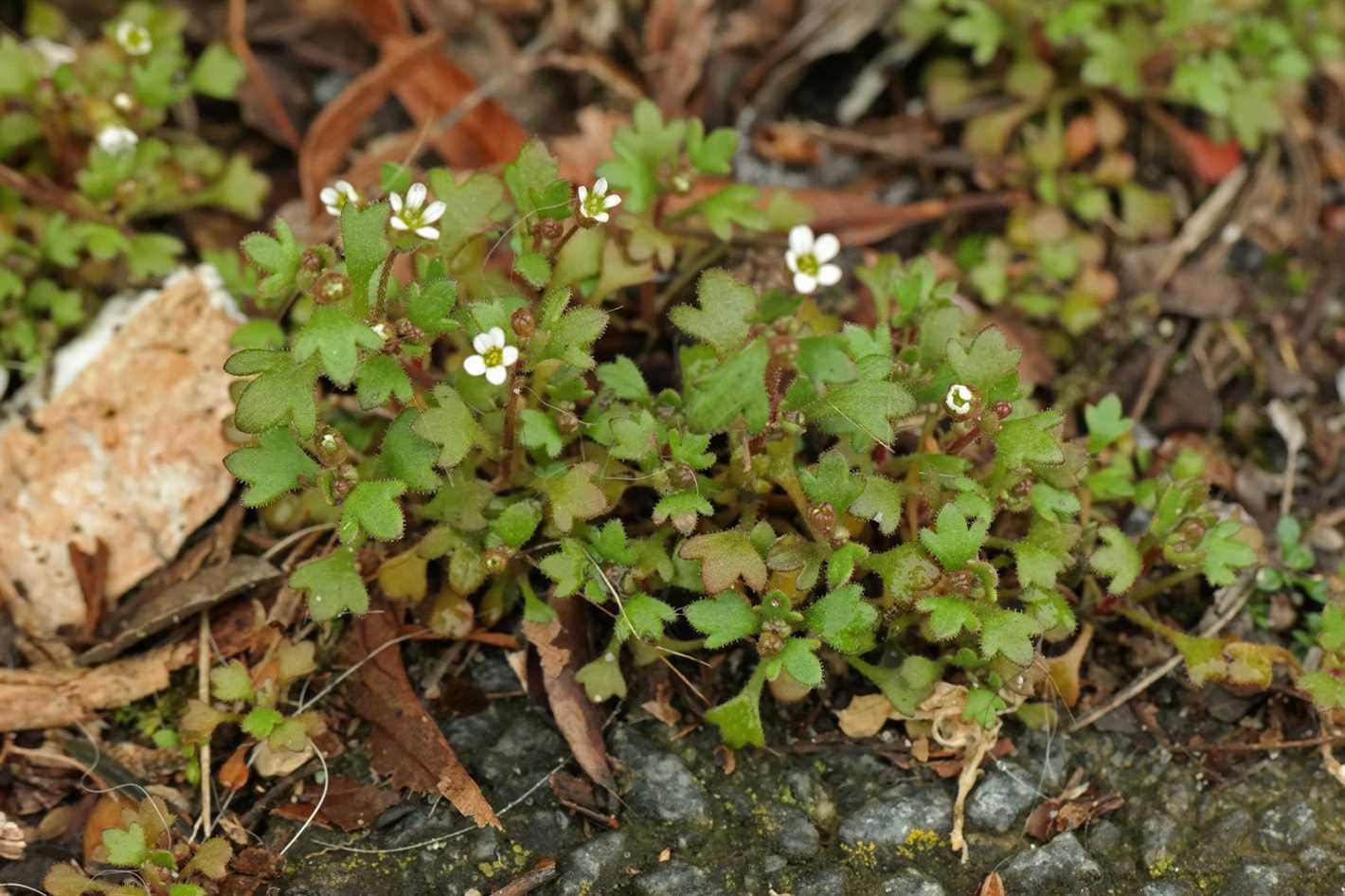
Stonecrop plants do not typically require heavy fertilization. In fact, excessive fertilization can lead to weak growth and flopping. If necessary, apply a balanced slow-release fertilizer in early spring or use a diluted liquid fertilizer every four to six weeks during the growing season.
5. Prune and divide plants
Pruning stonecrop plants can help control their growth and improve their appearance. In early spring, remove any dead or damaged stems, as well as overcrowded or leggy growth. Dividing mature plants every three to four years can help rejuvenate them and maintain their vigor.
6. Protect from extreme temperatures
Stonecrop plants are generally hardy, but some varieties may need protection from extreme temperatures. In regions with harsh winters, provide a layer of mulch or straw around the plants to protect their roots. In hot climates, provide afternoon shade to prevent leaf scorching.
7. Watch out for pests and diseases
Stonecrop plants are generally resistant to pests and diseases. However, they can occasionally be affected by aphids, slugs, or powdery mildew. Regularly inspect your plants for any signs of infestation or disease, and take appropriate measures to control them, such as using organic insecticides or removing infected plant parts.
8. Choose the right variety
There are numerous varieties of stonecrop plants available, each with its own growth habits and requirements. Choose a variety that suits your climate, soil type, and desired appearance. Some popular varieties include Sedum spectabile, Sedum spurium, and Sedum acre.
By following these tips, you can successfully grow stonecrop plants and enjoy their lovely flowers and foliage in your garden or containers.
Common Problems with Stonecrop (Saxifraga)
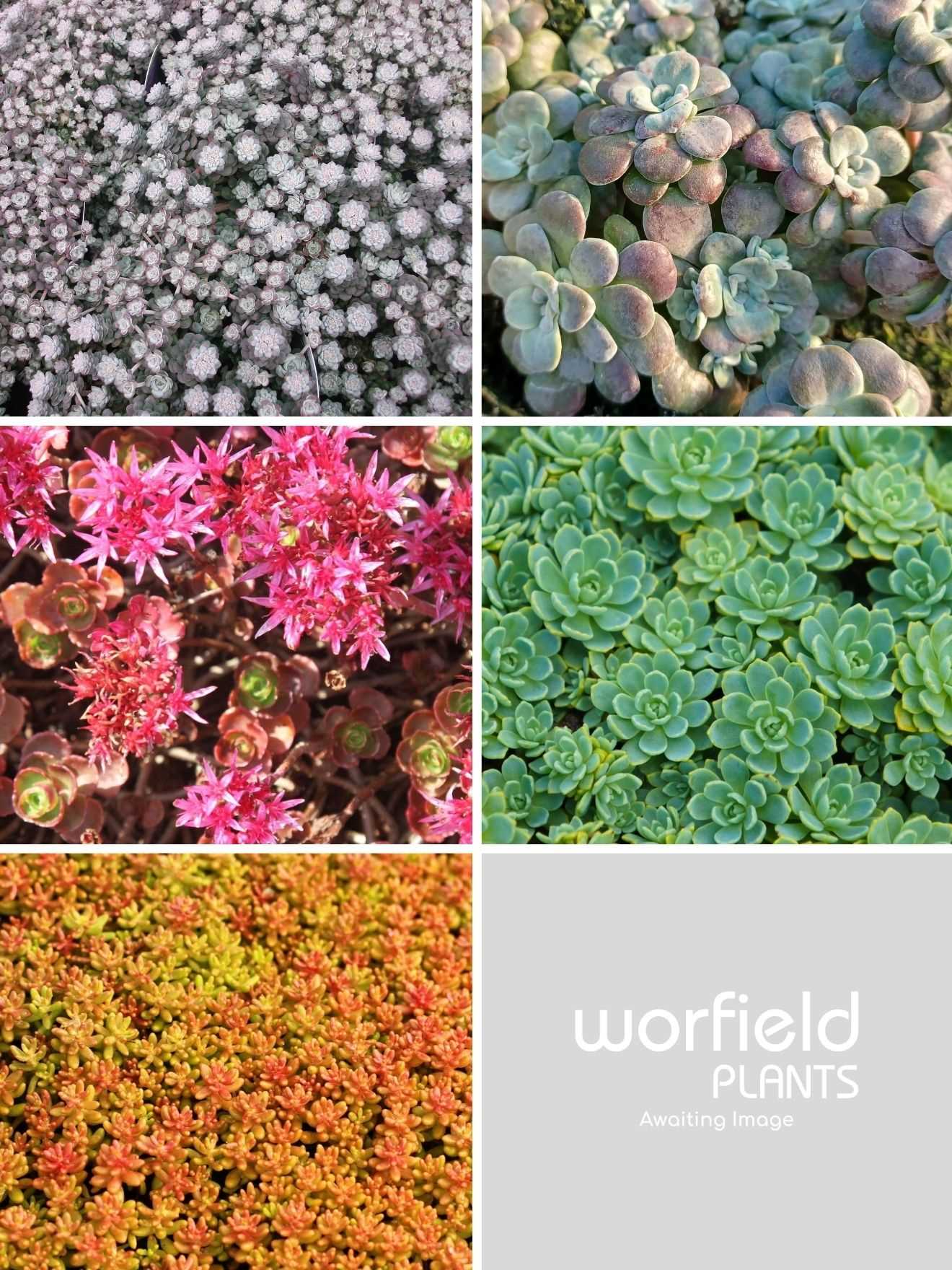
Poor Drainage: Stonecrop plants require well-draining soil. If the soil retains too much moisture, it can lead to root rot and other fungal diseases. Ensure that the soil is well-draining and avoid overwatering the plant.
Overwatering: Stonecrop plants are drought-tolerant and do not like excessive moisture. Overwatering can lead to root rot and other fungal diseases. Water the plant sparingly, allowing the soil to dry out between waterings.
Underwatering: While stonecrop plants are drought-tolerant, they still require some water to thrive. Underwatering can cause the plant to become dehydrated and wilt. Water the plant when the soil feels dry to the touch, but avoid overwatering.
Poor Light Conditions: Stonecrop plants require plenty of sunlight to thrive. Lack of sufficient light can cause the plant to become leggy or weak. Ensure that the plant is placed in a location that receives at least 6 hours of direct sunlight per day.
Pest Infestation: Stonecrop plants can be susceptible to pests such as aphids, mealybugs, and slugs. Regularly inspect the plant for any signs of pests and take appropriate measures to control the infestation, such as using insecticidal soap or natural predators.
Leaf Spot Disease: Stonecrop plants can be prone to leaf spot diseases, which cause brown or black spots on the leaves. Ensure that the plant is not overcrowded and provide good air circulation to prevent the spread of diseases. Remove any infected leaves and treat the plant with a fungicide if necessary.
Winter Damage: Some stonecrop varieties are not cold-hardy and may suffer damage or die back during harsh winters. Protect the plant by covering it with a layer of mulch or placing it in a sheltered location during the winter months.
Q&A:
What is stonecrop?
Stonecrop, also known as Saxifraga, is a genus of perennial flowering plants in the family Saxifragaceae.
What are the different types of stonecrop?
There are many different types of stonecrop, including Sedum rupestre, Sedum spurium, and Sedum kamtschaticum.
How do you care for stonecrop?
Stonecrop is a low-maintenance plant that requires well-draining soil, full sun to light shade, and minimal watering. It is also important to divide and replant stonecrop every few years to maintain its health.
Can stonecrop be grown indoors?
Yes, stonecrop can be grown indoors as long as it is placed in a bright location with plenty of sunlight. It is also important to water the plant sparingly and provide good air circulation.
What are some common problems with stonecrop?
Some common problems with stonecrop include powdery mildew, root rot, and aphid infestation. These issues can be prevented by ensuring proper air circulation, well-draining soil, and regular inspection of the plant’s foliage.
Can stonecrop be propagated from cuttings?
Yes, stonecrop can be propagated from cuttings. Simply cut a small piece of the stem with a few leaves and plant it in moist soil. Keep the soil consistently moist until the cutting takes root, which usually takes a few weeks.
Video:
Tri Color Sedum also known as Stonecrop, Growing and Rooting Cuttings.












